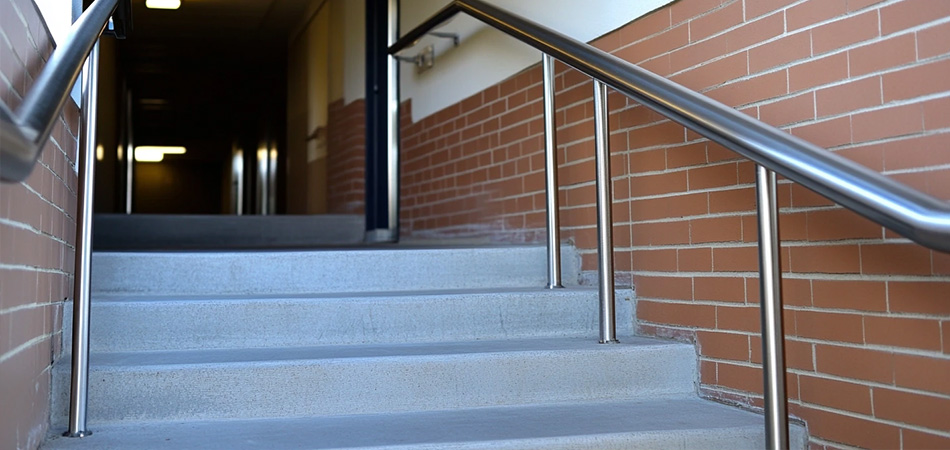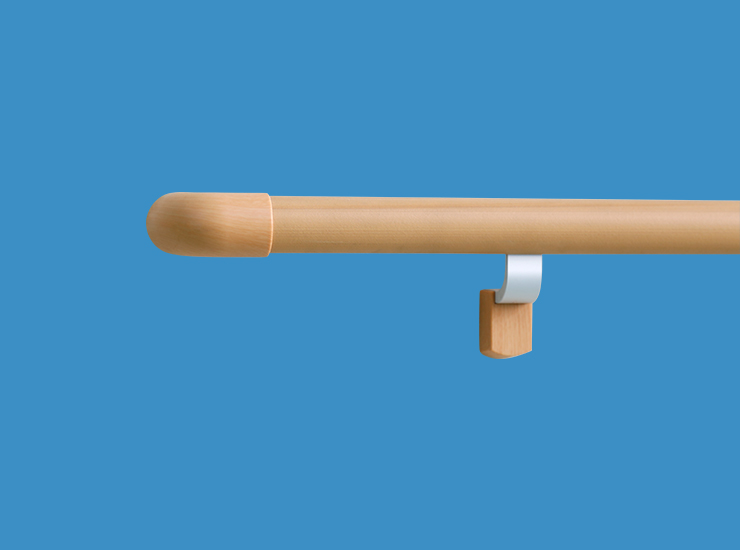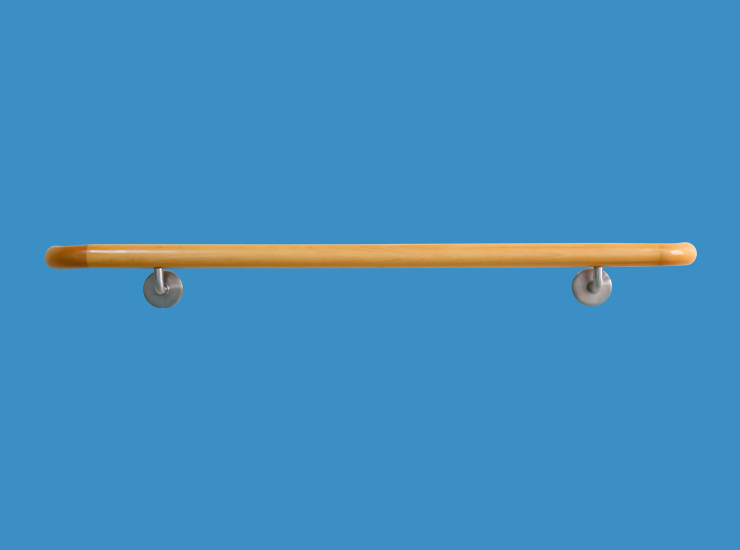 Service Hotline:13510328459
Service Hotline:13510328459
 205-206, 2nd Floor, Building 2, Xiazao Village Industrial Zone, Gaofeng Community, Dalang Street, Longhua District, Shenzhen City
205-206, 2nd Floor, Building 2, Xiazao Village Industrial Zone, Gaofeng Community, Dalang Street, Longhua District, Shenzhen City
 Service Hotline:13510328459
Service Hotline:13510328459
 205-206, 2nd Floor, Building 2, Xiazao Village Industrial Zone, Gaofeng Community, Dalang Street, Longhua District, Shenzhen City
205-206, 2nd Floor, Building 2, Xiazao Village Industrial Zone, Gaofeng Community, Dalang Street, Longhua District, Shenzhen City
Time:2025-09-08 Preview:
For wheelchair users, transferring between a chair and other surfaces—like beds, toilets, or showers—poses significant risks. A misstep can lead to falls, injuries, or loss of confidence, making daily tasks a source of stress. This is where the Wheelchair Wall Transfer Bar becomes indispensable: a specialized support system designed to stabilize users during transfers, reducing strain on both individuals and caregivers. As a leading provider of accessibility solutions, ECONLEY TECHNOLOGY crafts reliable Wheelchair Wall Transfer Bar options, alongside complementary products such as hospital handrails, nursing home handrails, hospital curtains/screens, hospital curtain tracks, antibacterial resin panels, and custom antibacterial panels. Our focus on safety, ergonomics, and seamless integration makes our Wheelchair Wall Transfer Bar a trusted choice for hospitals, nursing homes, and accessible living spaces.
Generic handrails are not designed to handle the specific demands of wheelchair transfers. They often lack the stability, positioning, and grip needed to support the weight and movement of someone transitioning between surfaces. The Wheelchair Wall Transfer Bar addresses three critical gaps that make it essential for accessible spaces.
First, targeted support during transfer movements is key. Transferring from a wheelchair to a toilet, for example, requires a user to shift their weight, pivot, and balance—actions that demand a bar positioned at the optimal height and angle. Generic handrails, typically mounted for walking support, are often too high or too far from the transfer point, forcing users into awkward positions that increase fall risks. ECONLEY’s Wheelchair Wall Transfer Bar is installed at a height that aligns with wheelchair seat levels, placing support exactly where users need it most. Its design allows for a firm grip during pivots, giving users the confidence to move independently.
Second, stability for weight-bearing tasks is non-negotiable. During transfers, users often lean heavily on support bars, requiring a structure that can withstand significant force. Generic handrails may wobble under this pressure, compromising safety. Our Wheelchair Wall Transfer Bar is engineered for durability, with reinforced mounting systems that secure it firmly to walls. This stability ensures it can support users of varying weights, from adults to children, without shifting or loosening—even with daily use in busy facilities like hospitals or nursing homes.
Third, ergonomic design eases caregiver burden. Caregivers often assist with transfers, using their own strength to stabilize users. A well-placed Wheelchair Wall Transfer Bar reduces this physical strain by providing a fixed point of support, allowing caregivers to guide rather than lift. This not only lowers the risk of injury for caregivers but also fosters greater independence for wheelchair users, who can rely on the bar to contribute to their own movement. For overworked staff in healthcare settings, this efficiency is a vital improvement to daily workflows.

What sets ECONLEY TECHNOLOGY’s Wheelchair Wall Transfer Bar apart is its focus on real-world accessibility needs. We don’t just repurpose standard handrails—we design transfer bars that adapt to the unique rhythms of wheelchair users’ lives, from home bathrooms to hospital rooms.
First, user-centric positioning for diverse spaces. Our Wheelchair Wall Transfer Bar is installed based on a thorough assessment of each environment. In a hospital room, it may be mounted near the bed to facilitate transfers between wheelchair and mattress. In a nursing home bathroom, it could be positioned beside the toilet or shower, with extra length to support movement across multiple surfaces. This customization ensures the bar is always within easy reach, eliminating the need for users to stretch or overreach during transfers. For example, in a rehabilitation center, transfer bars can be paired with adjustable height settings to accommodate users with varying mobility levels as they progress in their recovery.
Second, hygienic and durable materials. Wheelchair users and caregivers often touch transfer bars multiple times daily, making cleanliness a priority. ECONLEY’s Wheelchair Wall Transfer Bar features a non-porous surface that resists bacteria growth and is easy to clean with standard disinfectants—critical for infection control in hospitals and nursing homes. The material also withstands frequent contact, resisting scratches, stains, and corrosion from moisture in bathrooms or shower areas. This durability ensures the bar remains functional and hygienic for years, even in high-use settings.
Third, seamless integration with other accessibility solutions. A Wheelchair Wall Transfer Bar works best as part of a comprehensive accessibility system. ECONLEY ensures its transfer bars coordinate with our other products: they can be paired with hospital handrails in corridors to create a continuous support network, or installed alongside antibacterial resin panels to enhance hygiene in wet areas like showers. Hospital curtains/screens can be positioned to provide privacy during transfers without blocking access to the bar, while nursing home handrails in adjacent spaces extend the safety net for users moving beyond the transfer zone. This cohesive approach simplifies facility planning and ensures no gap in accessibility.

A recent project with a nursing home in central China illustrates the difference a Wheelchair Wall Transfer Bar can make. The facility’s residents, many of whom used wheelchairs, relied heavily on caregivers for transfers, leading to frequent delays and occasional minor injuries. Staff reported high physical strain from assisting with daily movements.
We installed Wheelchair Wall Transfer Bar units in 15 resident bathrooms and 10 bedrooms. The bars were positioned beside toilets, showers, and beds, with heights adjusted to match each resident’s wheelchair. Within two months, caregiver reports of strain dropped by 60%, and residents began completing more transfers independently. One resident shared: “Having the bar there makes me feel steady. I don’t worry about slipping anymore, and I can do things on my own that I thought I’d never manage again.” The nursing home’s director noted a 45% reduction in transfer-related incidents, calling the bars “a game-changer for both residents and staff.”
Another success story comes from a rehabilitation hospital specializing in spinal injury recovery. Patients often struggled with transfers during therapy, hindering progress. ECONLEY’s Wheelchair Wall Transfer Bar provided the stability needed for guided practice, allowing patients to build strength and confidence. The hospital’s therapist observed: “The bar gives patients a sense of security, which lets them focus on their movement rather than fear of falling. We’ve seen faster recovery times since installing them.”

For facilities prioritizing accessibility and safety, ECONLEY TECHNOLOGY’s Wheelchair Wall Transfer Bar offers three key advantages:
Targeted support for transfers: Designed to align with wheelchair users’ needs, reducing fall risks and boosting independence.
Durability and hygiene: Built to withstand heavy use and easy to clean, making it ideal for healthcare and senior care settings.
Seamless integration: Works with ECONLEY’s other products—handrails, panels, curtains—to create comprehensive accessible spaces.
Whether for a hospital room, nursing home bathroom, or accessible apartment, the Wheelchair Wall Transfer Bar from ECONLEY delivers the safety and reliability that wheelchair users and caregivers deserve.
